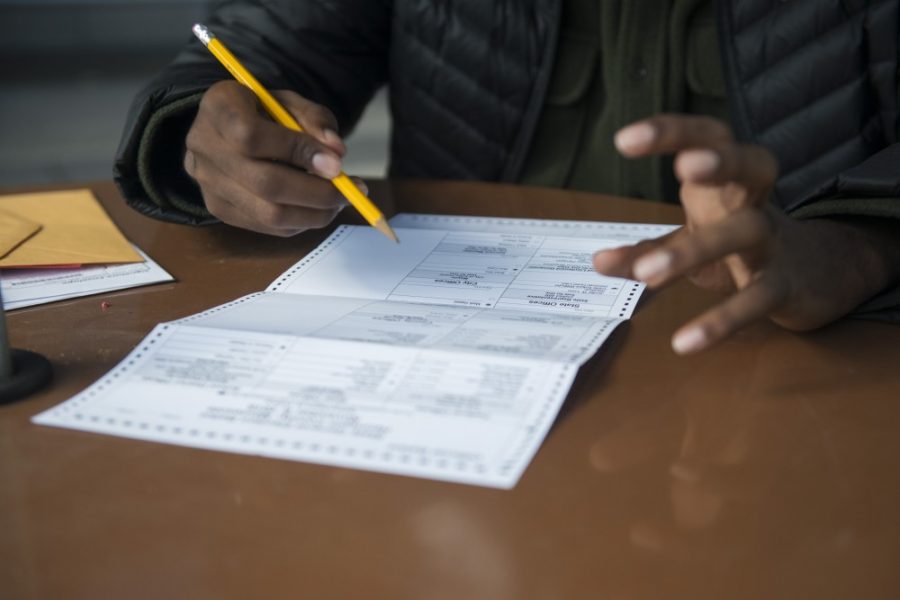A unique election year brings new challenges. Here’s what University of Minnesota voters can expect if they go to the polls or vote from home.
While no early voting locations are likely to be announced at the University, multiple polls will be open a week before Nov. 3 within a couple of miles of East Bank campus. On election day, multiple in-person polling locations will be interspersed throughout University neighborhoods, which can be found on the Minnesota Secretary of State’s Office website.
The Centers for Disease Control and Prevention (CDC) recommends that individuals vote by mail this year. Election security experts emphasize that voting by mail is safe and effective, and Minnesota has voted by mail for years.
UMN students: what address to use when registering?
According to Minneapolis Elections and Voter Services, students should register from the address that they consider home, which is usually a school address or a parent’s home.
Vote by mail
Minneapolis Elections and Voter Services recommends that individuals apply for a mail ballot by Oct. 20, at least two weeks before Election Day. Voters can expect to receive their mail ballot within a week of applying.
People casting their ballots can apply to vote by mail at the Secretary of State Office Voter Information Portal.
Voters who have already applied and want to confirm that their application has been received can visit the Voter Information Portal’s ballot status page.
Upon completion, voters are encouraged to send in their ballot as soon as possible using the paid-postage envelope provided. Ballots must be sent by Election Day and received by Nov. 10 in order to count, according to the Minneapolis 2020 Voter Information Guide. Voters can also drop off their ballot in person until 3 p.m. on Election Day at designated locations.
Voters must wear face coverings when dropping off their ballots, unless exempt due to health reasons.
Voting in-person: what to expect during COVID
When voting, individuals must wear a face covering and observe social distancing of 6 feet. Voters will be given hand sanitizer when they arrive and as they exit the polling station. “I voted” stickers will be pre-cut and placed on a table for people to grab.
Sanitized pens will be offered or individuals can bring their own — but should avoid bringing Sharpies, gel pens or any others that will bleed through the ballot.
Voters with mobility issues or concerns about close contact with others can opt for curbside voting. People can also use the AutoMARK accessible voting machine, which displays the ballot for voters with vision impairment.
Documents needed to register on Election Day
If voters wish to register on Election Day, they will need an ID with their current name and address, such as:
- Driver’s license
- Learner’s permit
- College or high school ID
- Tribal ID
Or another photo ID alongside a document that proves their address, like a utility bill or a student fee statement.
Students living on campus can use their U Card or other photo ID to register on Election Day, according to the University’s Housing and Residential Life.
President Joan Gabel sent a list of resources for students answering questions about voter registration, polling locations, which races people are voting in and other information.



















